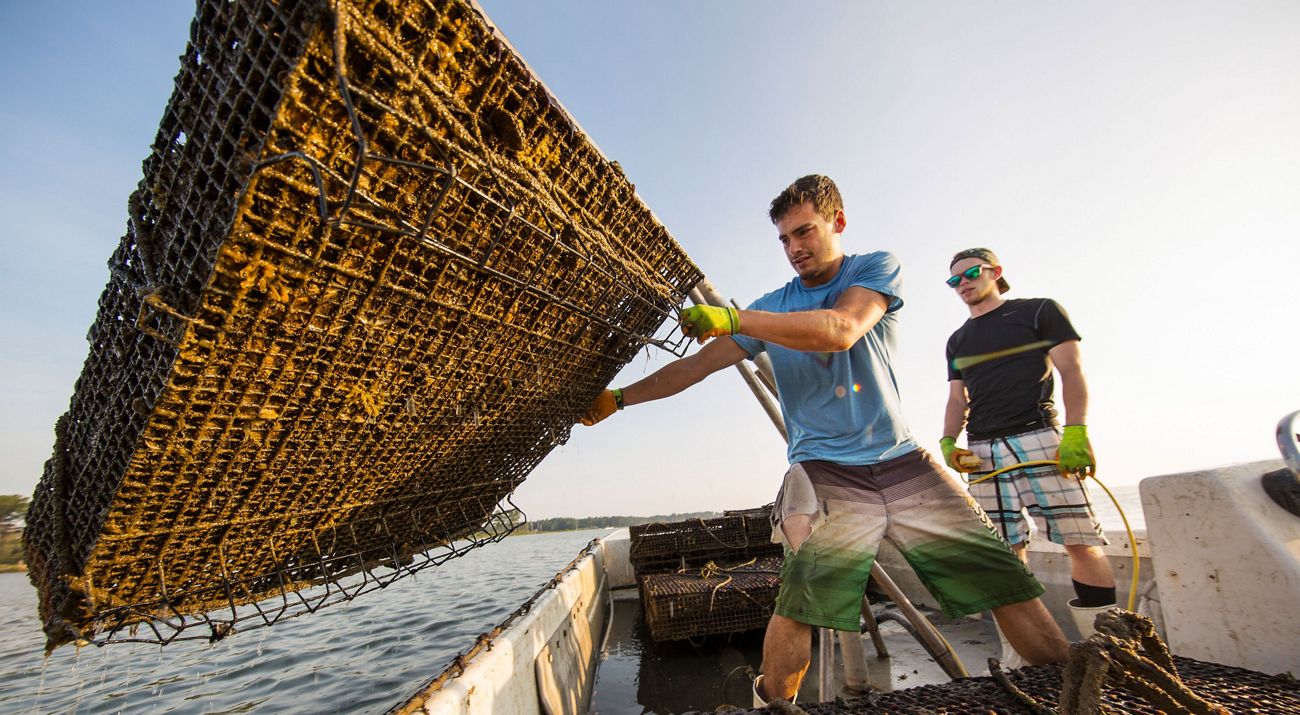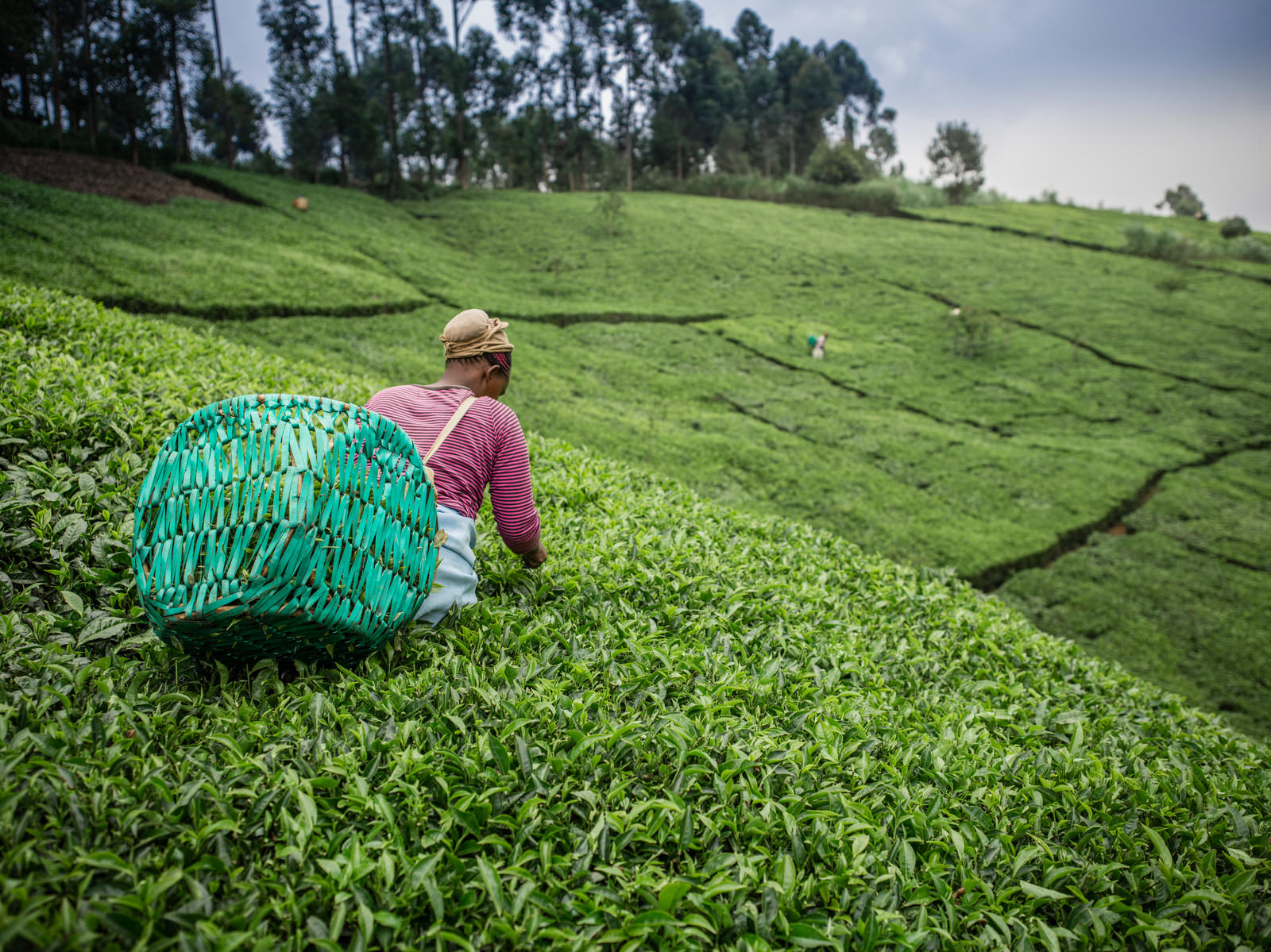How do you align conservation with business goals?
The answer is critical to achieving our mission. The Nature Conservancy recognizes the importance of businesses in creating a sustainable future. Collaboration with unlikely partners is essential to achieve social, economic and environmental benefits on a global scale. By working with companies, we can unlock financial, human and natural capital to conserve lands and waters and ensure thriving communities.
Our Principles of Corporate Engagement
Learn about the criteria and principles that guide our work with the private sector.



